Variable Frequency Drives
Variable frequency drives (VFDs) are essential for use with machines that run on electric motors. These devices make motor control seamless, helping companies boost production, performance, cost-efficiency and more.
With a high-quality VFD replacement, your organization can optimize motor function.
-
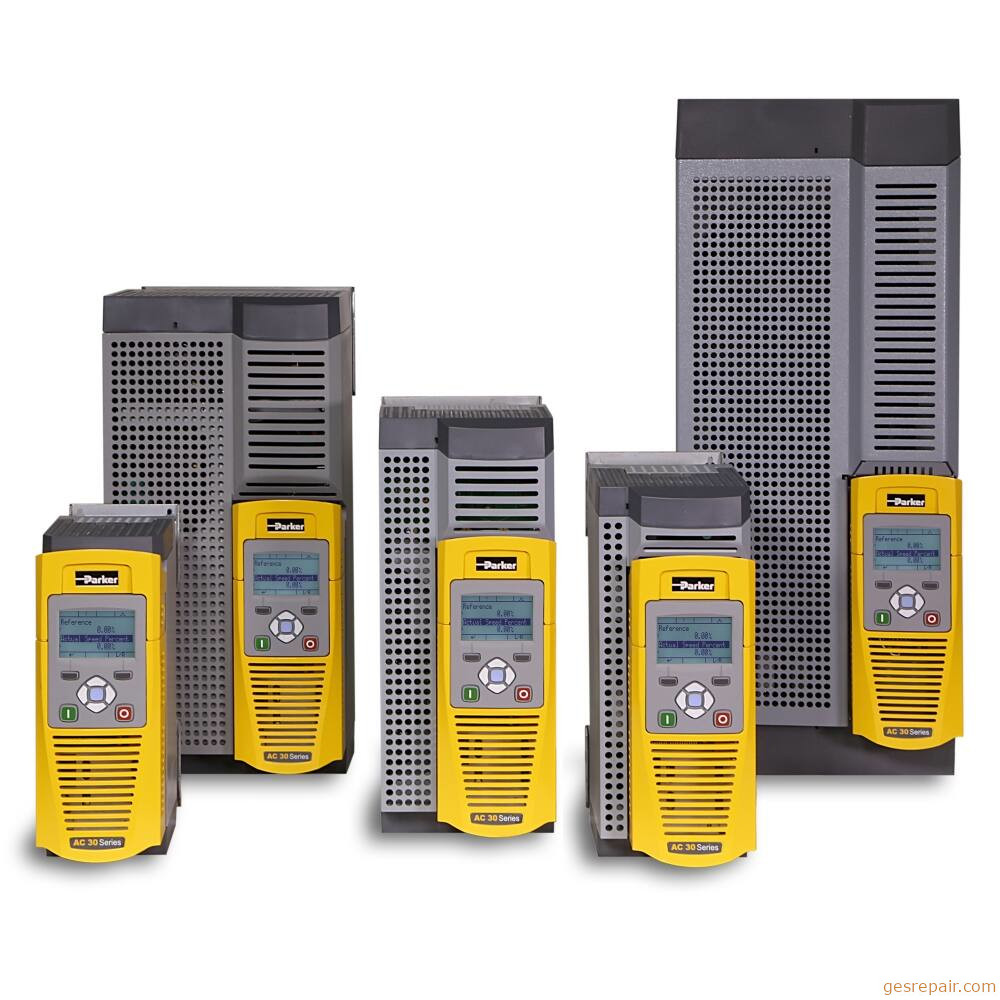 Parker Compumotor
Parker CompumotorParker Compumotor Variable Frequency Drives: Model 10G-12-0100-BN Repair Service, Troubleshooting, Replacement Parts Sales
- Model #:
- 10G-12-0100-BN
- Part #:
- 10G-12-0100-BN
-
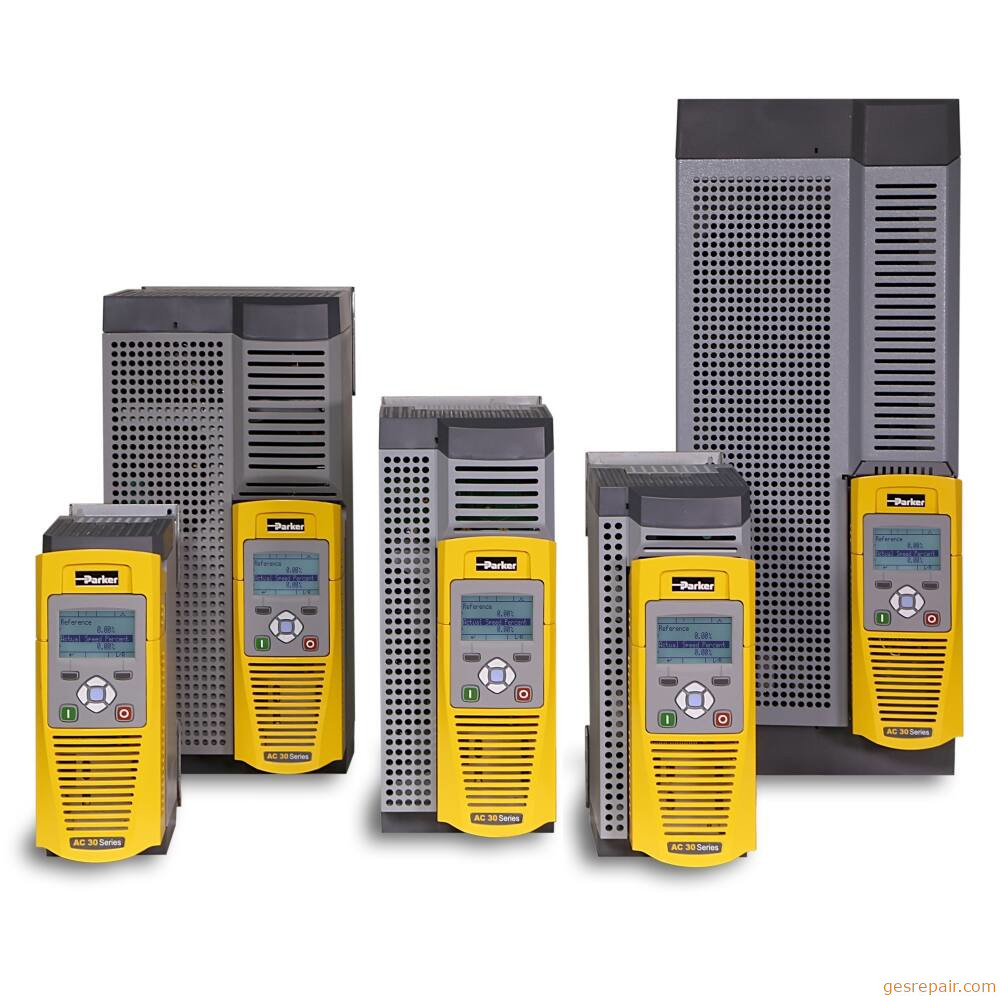 Parker Compumotor
Parker CompumotorParker Compumotor Variable Frequency Drives: Model 10G-12-0070-BF Repair Service, Troubleshooting, Replacement Parts Sales
- Model #:
- 10G-12-0070-BF
- Part #:
- 10G-12-0070-BF
-
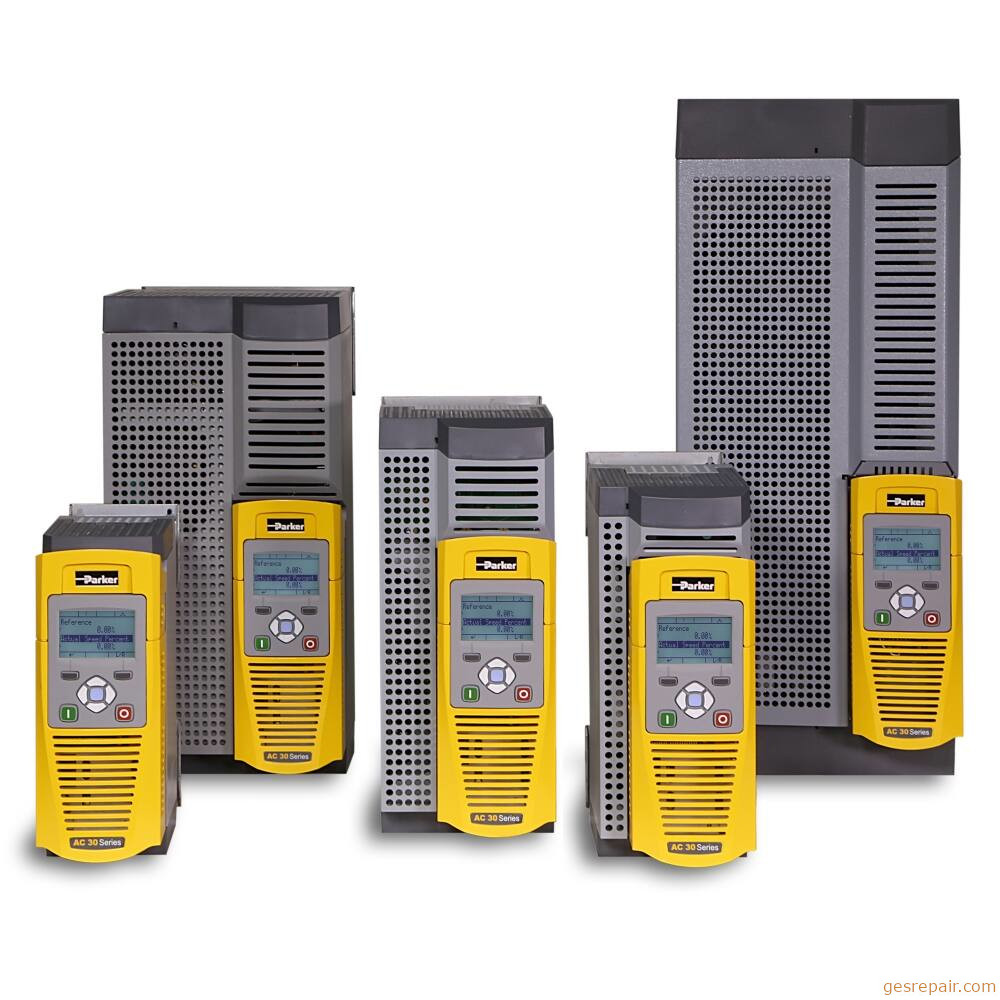 Parker Compumotor
Parker CompumotorParker Compumotor Variable Frequency Drives: Model 10G-12-0070-BN Repair Service, Troubleshooting, Replacement Parts Sales
- Model #:
- 10G-12-0070-BN
- Part #:
- 10G-12-0070-BN
-
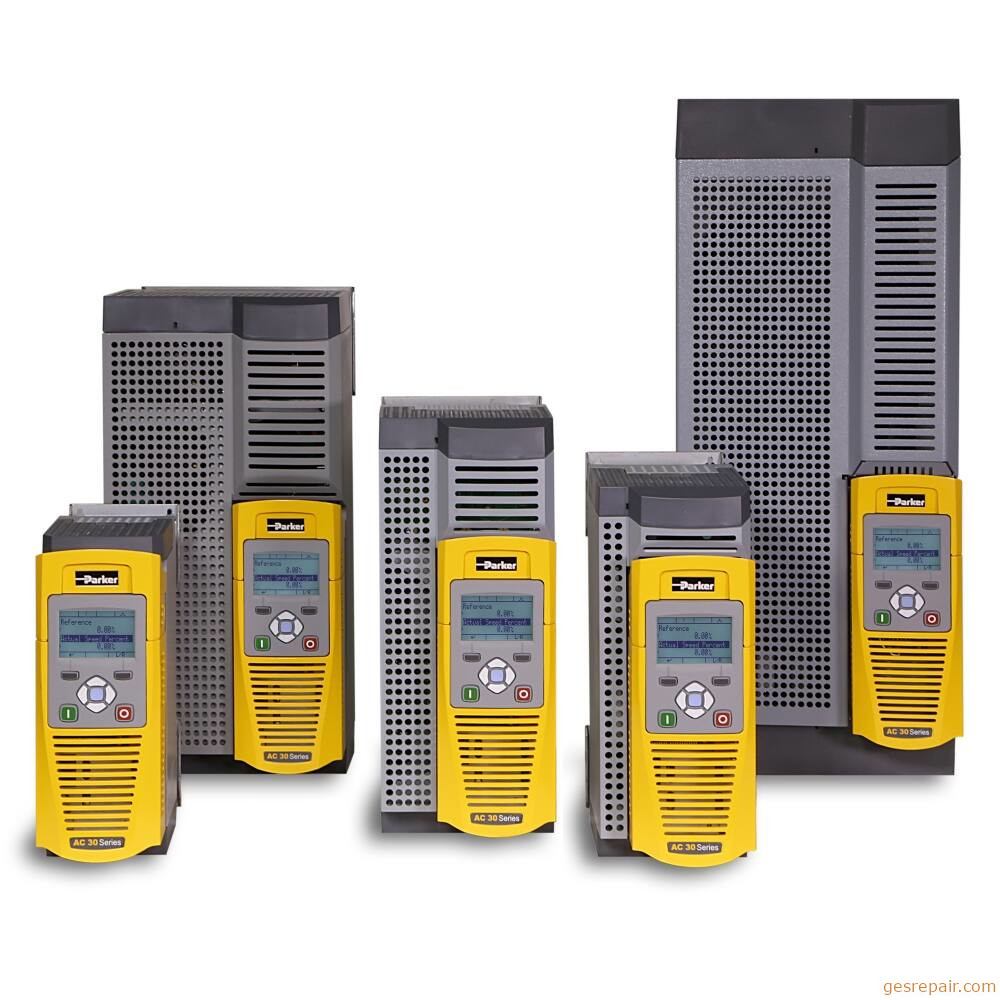 Parker Compumotor
Parker CompumotorParker Compumotor Variable Frequency Drives: Model 10G-12-0100-BF Repair Service, Troubleshooting, Replacement Parts Sales
- Model #:
- 10G-12-0100-BF
- Part #:
- 10G-12-0100-BF
-
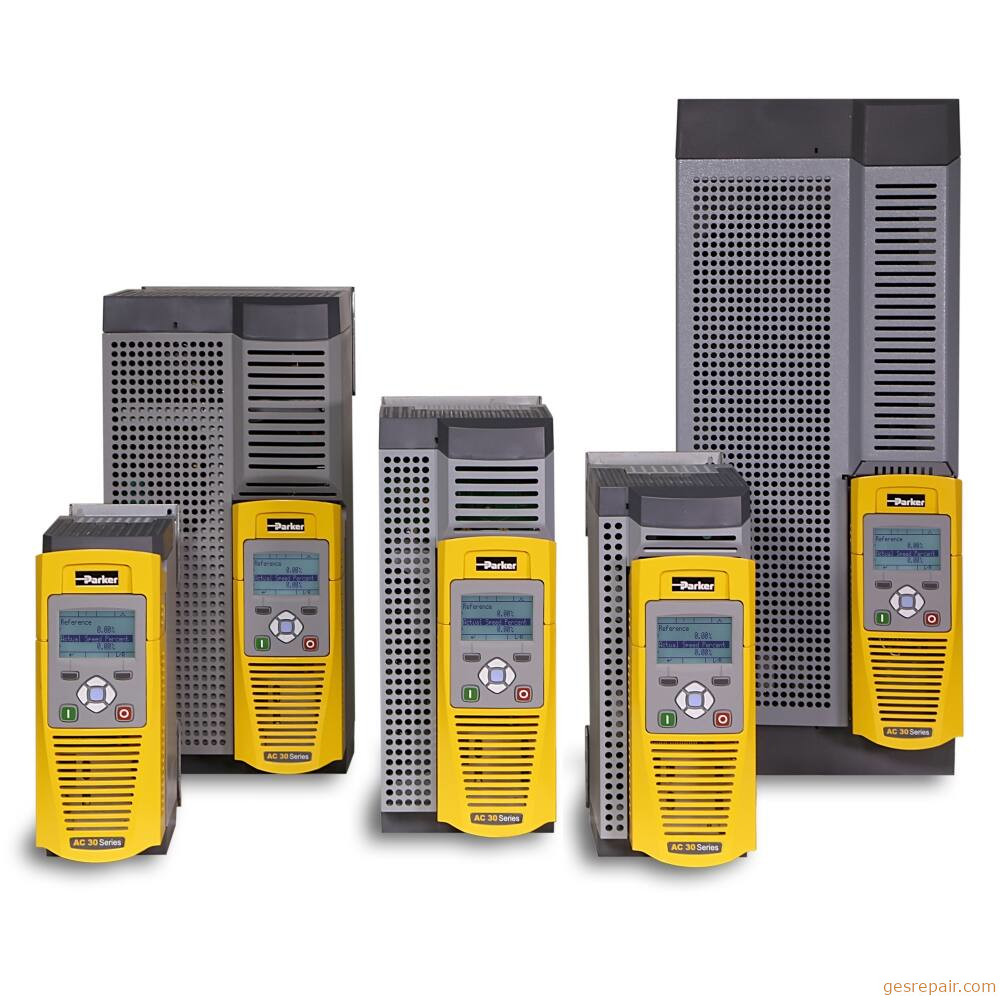 Parker Compumotor
Parker CompumotorParker Compumotor Variable Frequency Drives: Model 10G-12-0050-BF Repair Service, Troubleshooting, Replacement Parts Sales
- Model #:
- 10G-12-0050-BF
- Part #:
- 10G-12-0050-BF
-
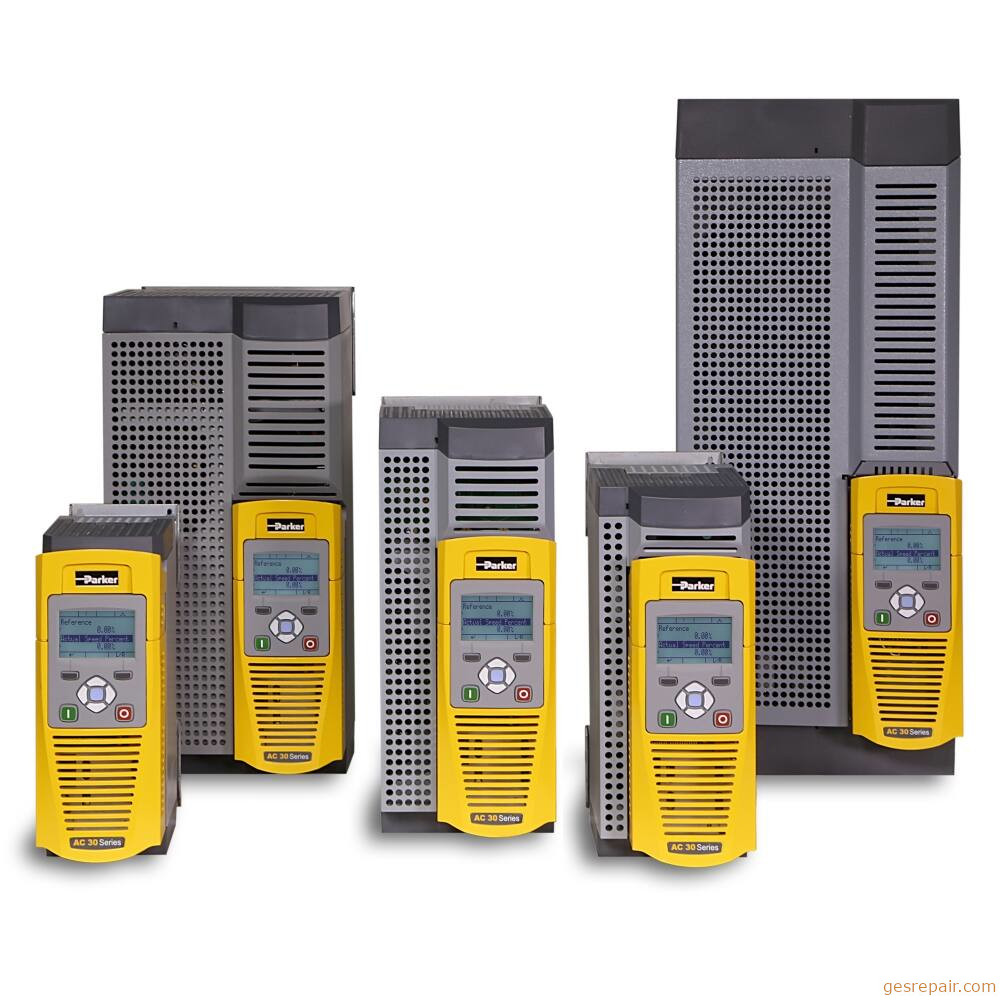 Parker Compumotor
Parker CompumotorParker Compumotor Variable Frequency Drives: Model 10G-12-0050-BN Repair Service, Troubleshooting, Replacement Parts Sales
- Model #:
- 10G-12-0050-BN
- Part #:
- 10G-12-0050-BN
What Are Variable Frequency Drives?
Variable frequency drives are devices that control electric motors by varying the frequency and speed of a driven load. They can also control motor ramp-up and ramp-down during starts and stops, acting as a soft start.
Benefits of Variable Frequency Drives
When your company uses variable frequency drives for its machines, you’ll experience all of the following advantages:
- – Energy savings: You can use VFDs to match the speed of your equipment to the load requirement, allowing you to conserve energy for applications that don’t require motors to run at full speed.
- – Increased production: When you operate your motors at the most efficient speeds for your applications, you’ll minimize mistakes and increase production levels, resulting in higher revenue.
- – Better performance control: VFDs allow users to better control motor performance, creating running patterns that minimize mechanical and electrical stress.
- – Minimized maintenance needs: Variable frequency drives reduce wear on components like belts, couplings, sheaves and gearboxes, minimizing the need for system maintenance.
- – Extended equipment life: Because VFDs ensure optimal motor speed by application, they reduce the risk of motor issues like electro-thermal overloads, overvoltage and undervoltage, increasing equipment life.
Common Problems With VFDs
Like all devices, variable frequency drives have occasional operational issues that sometimes require attention. Luckily, these common problems have relatively simple solutions:
- – Contamination: Contamination from dust, dirt, moisture and corrosion buildup can damage cooling fans and induce overheating, which can cause fault tripping and premature drive failure. Try cleaning off any contaminants that may impact performance.
- – Loose wiring: Changing cycle temperatures can cause wire connections to loosen over time, resulting in overcurrent trips and control issues. Make sure your wires are tight and secure.
- – Erratic operation: If your VFD is functioning erratically but no fault has been indicated, external factors like burned, cracked or overheated components could be the cause. Be sure to replace any defective parts to improve operation.
- – Temperature failure: Drives that operate outside of specified temperature limits can fail prematurely due to inadequate cooling. If ambient temperatures are too high, you can add additional cooling or move the VFD to a more suitable environment.
What’s the Difference Between Variable Frequency Drives and Variable Speed Drives?
Variable frequency drives and variable speed drives (VSDs) are the two primary means of electrical motor control. Though these devices are both designed to modify motor speed, they employ slightly different methods.
VSDs change a motor’s overall speed by adjusting its input voltage and are suitable for both AC and DC motors. Conversely, VFDs control motor speed by changing the motor’s frequency, making them useful only for AC motors.
Invest in VFD Replacement Parts at Global Electronic Services Today
You can find high-quality VFD replacements for your company’s machines at Global Electronic Services. We’re proud to deliver fast services that minimize downtime while providing reliable 18-month warranties.
Request a quote on our replacement parts today!